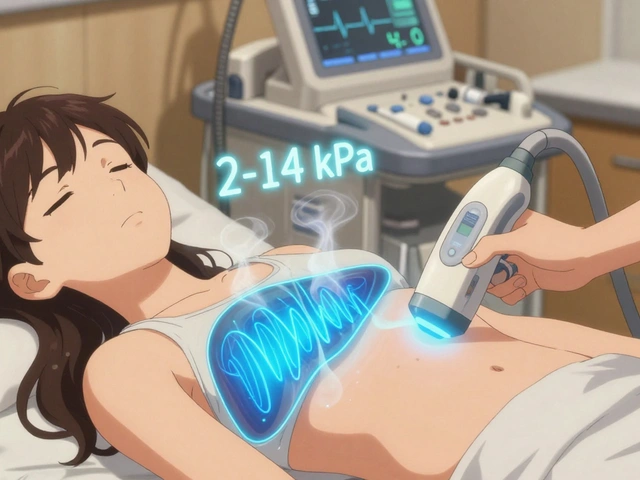ARB Medication: What It Is, How It Works, and Key Alternatives
When your blood pressure stays too high, your heart and arteries work harder than they should. That’s where ARB medication, a class of drugs that block angiotensin II receptors to relax blood vessels and lower blood pressure. Also known as angiotensin receptor blockers, these drugs help reduce strain on your heart, protect your kidneys, and lower your risk of stroke and heart attack. Unlike ACE inhibitors, which stop the creation of angiotensin II, ARBs let the body make it—but block its effect. That’s why many people switch to ARBs when they get a dry cough from ACE drugs.
Common ARB medications, include losartan, valsartan, irbesartan, and candesartan. These are often prescribed for people with hypertension, diabetes, or kidney disease. For example, losartan, one of the most widely used ARBs, is known for its low cost and proven results in reducing proteinuria in diabetic patients. They’re also used when patients can’t tolerate ACE inhibitors. Unlike beta-blockers or diuretics, ARBs don’t usually cause dizziness or low potassium, making them a solid middle-ground option.
Many of the posts in this collection compare ARBs to other blood pressure drugs. You’ll find clear breakdowns of how Zestoretic, a combo of lisinopril (an ACE inhibitor) and hydrochlorothiazide (a diuretic), stacks up against ARB-only treatments. Others explore how budesonide, a steroid used for inflammatory bowel disease, differs from ARBs—because while both affect the body’s stress responses, they work in completely different systems. You’ll also see how ARBs relate to heart and kidney health, just like how levothyroxine, a thyroid hormone replacement, impacts metabolism and fluid balance, but doesn’t touch blood vessel constriction.
What’s missing from many doctor’s offices is the real talk about cost, side effects, and how these drugs fit into daily life. That’s why this collection dives into practical comparisons: how ARBs stack up against other options, what to watch for when switching, and why some people feel better on one than another. You won’t find fluff here—just straight facts about how ARBs work, who they help most, and what alternatives might be better for your body.
Whether you’re on an ARB now, considering one, or just trying to understand why your doctor picked it over a diuretic or calcium channel blocker, the posts below give you the clear, no-nonsense details you need to make smart choices. You’ll find comparisons, safety tips, and real-world insights—not just textbook definitions.

How Valsartan Helps Prevent Heart Attacks and Strokes
Valsartan is a proven medication that lowers blood pressure and significantly reduces the risk of heart attacks and strokes. Learn how it works, who benefits most, and what to watch for when taking it.
Continue Reading



